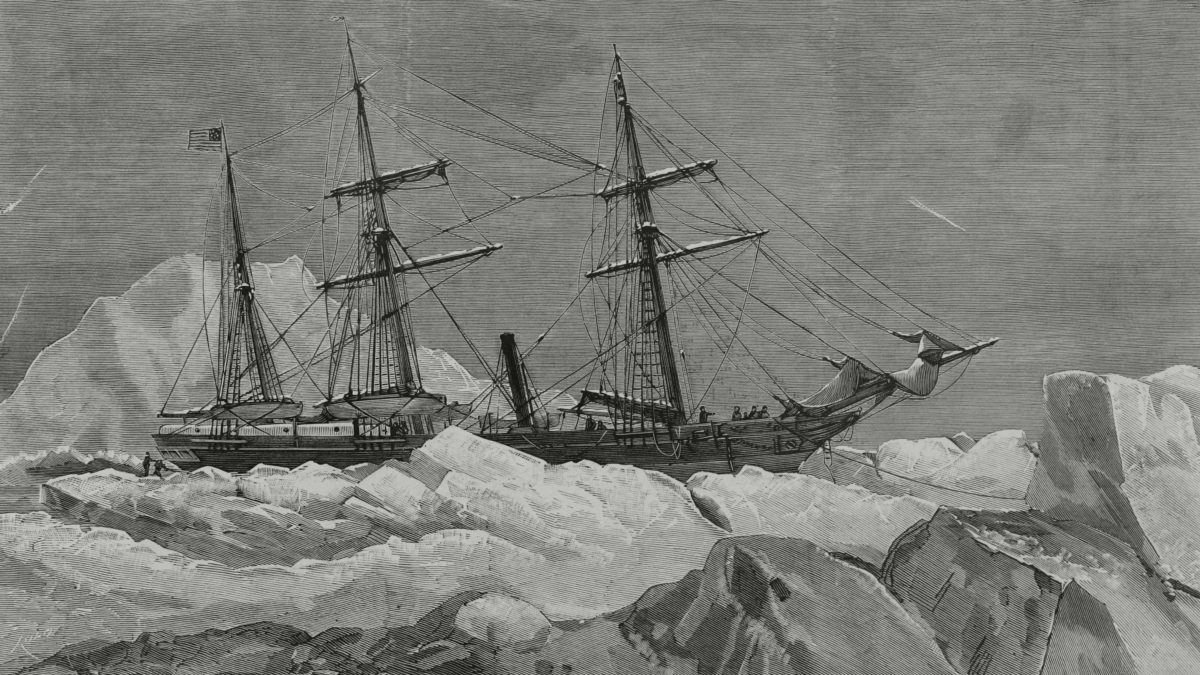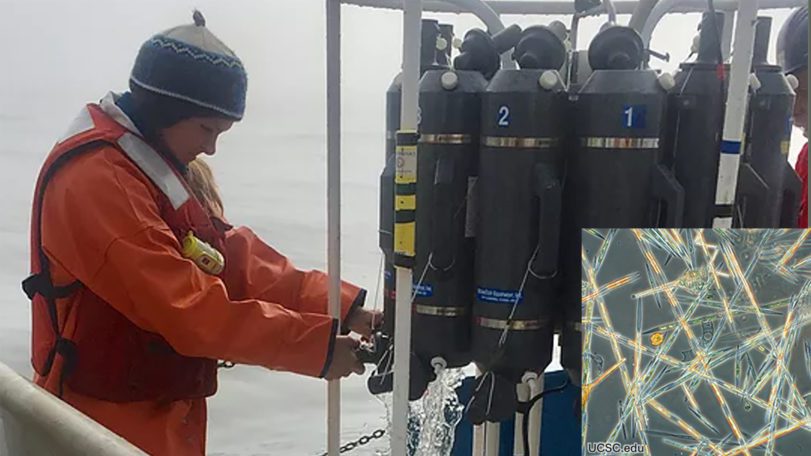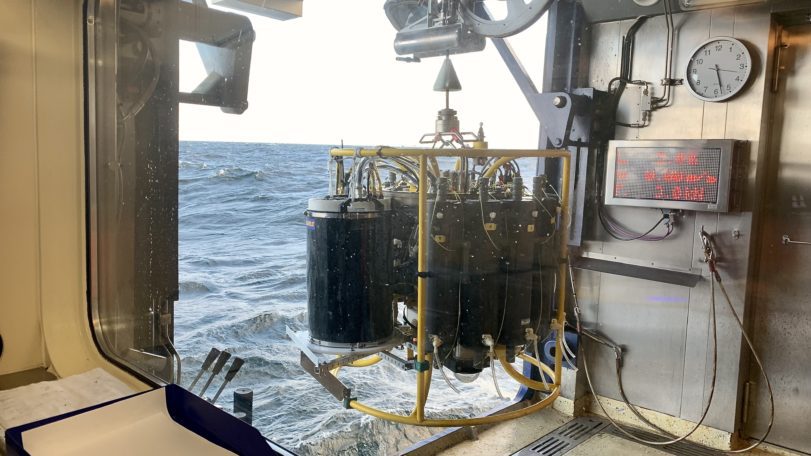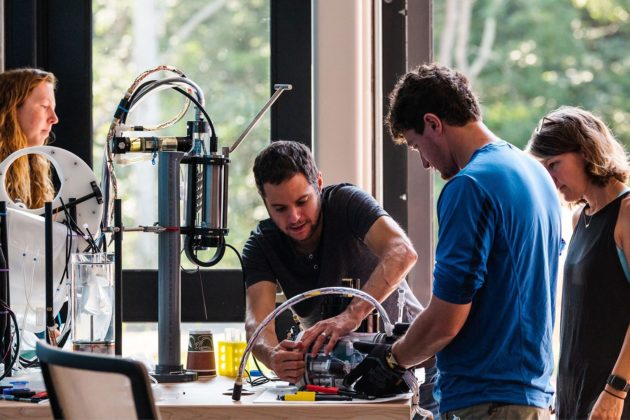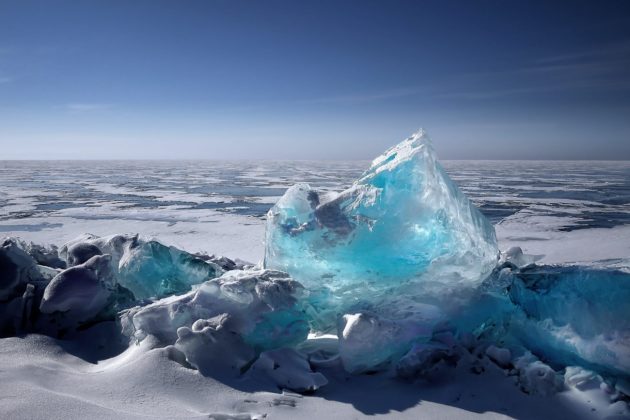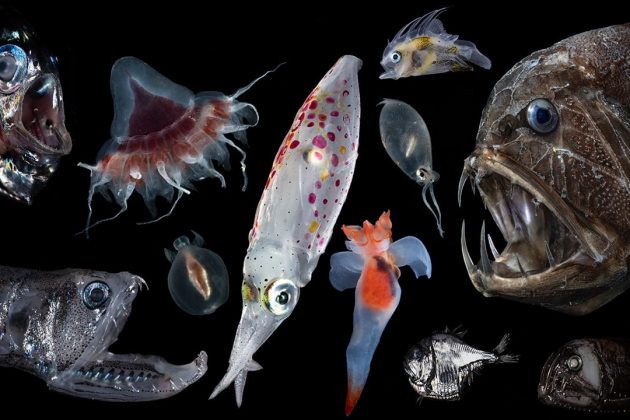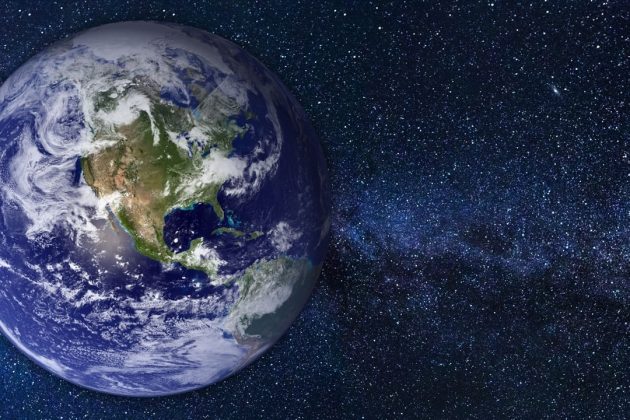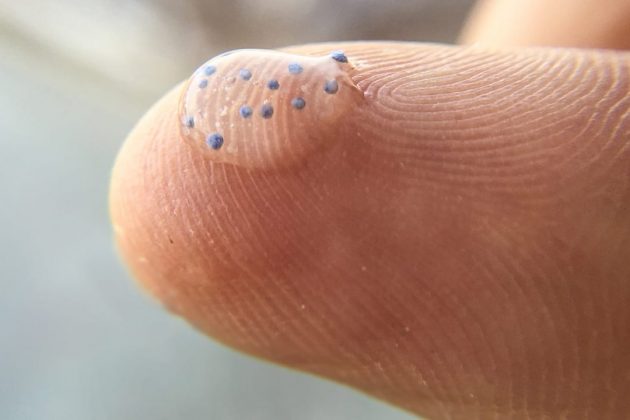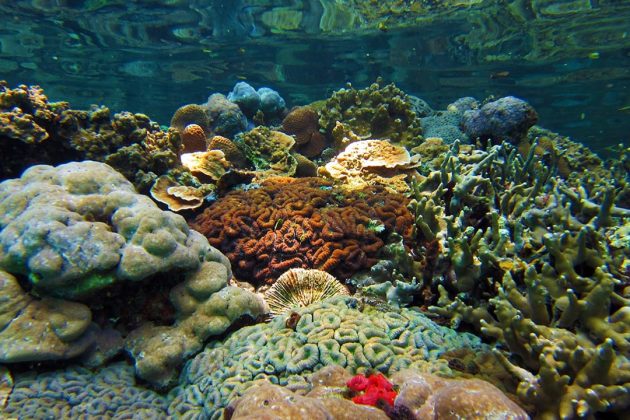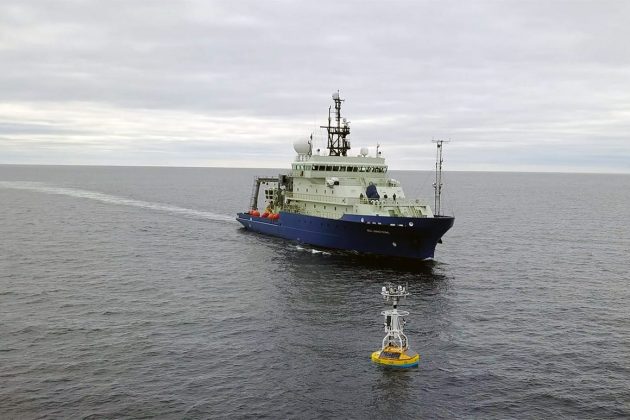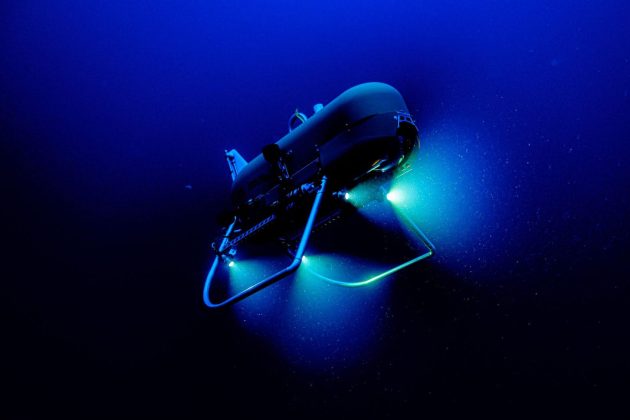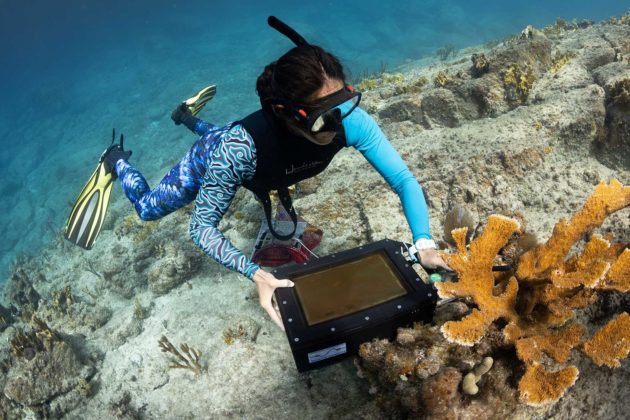Woods Hole Oceanographic Institution (WHOI) is the world's premier independent organization dedicated exclusively to ocean research, technology, and education. We combine state-of-the-art science, engineering, and ship operations to unravel the mysteries of the deep and devise science-based solutions to planet-wide problems.
🐙 Who`s been watching @natgeo`s #SecretsOfTheOctopus!?
If you just can`t get enough eight-armed love, take this dance with a #DumboOctopus in the deep!
🐘 With their large eyes and round, elephant-like ears, these cirrate octopuses have been lovingly named after the Disney character Dumbo. They`ve been observed as deep as 22,000 feet (7,000 meters)! Scientists have had opportunities to observe and capture footage like this with the submersible #HOVAlvin and other deep submergence vehicles.
⁉️ What`s your favorite octopus trait? Let us know in the comments! ⬇️
May 3

🎶🥶 🎶 You`re as old as ice!!
⁉️ 🧊 Wait... just how old is the oldest #ice on Earth? With a little "dating" help from #WHOI paleoclimatologist Sarah Shackleton and colleagues at Princeton, #COLDEX researchers say they have a 6 million year-old sample!
So what can #ancient ice tell us about Earth’s past #climate? It`s already providing insight into temperatures and carbon dioxide levels from before the Ice Ages.
📲 Find out more from @sciencemagazine at the 🔗 in our bio!
May 3

🐠An #anemone #fish finds refuge in the #PhoenixIslands Protected Area, an area nearly the size of in the middle of the #Pacific.
As the largest and most remote marine protected area in the world, #PIPA is often used as a benchmark to measure the effects of man-made impacts on marine habitat. A UN-led initiative, #30x30, aims to protect 30% of the ocean by 2030 to safeguard ecosystems and coastal communities worldwide.
📸 by Hanny Rivera © WHOI
May 3

💪🏽🦭What do #seals and Popeye have in common?
They both need their #iron! Popeye gets his from canned spinach, while seals rely on a variety of crustaceans, fish, and squid.
So how does iron impact seal pup survival? #WHOI biologist Michelle Shero and partners spent much of the winter investigating this question on a remote barrier island off of #NovaScotia, supervised by a band of feral #horses.
📲 Read all about it at the link in bio!
📸 by Michelle Shero © WHOI
May 2

#Throwback to 1959, when @mit professor Harold "Papa Flash" Edgerton came to WHOI to build underwater imaging systems for the famed marine explorer Jacques-Yves Cousteau.
🎥 During their explorations of the deep sea, Edgerton realized they needed to know the distance between the camera and the seafloor so they could get the right focal length in murky water. So he developed the acoustic device you see here, which he called a “pinger.” When the pinger received an acoustic signal from the seafloor, it would trigger the strobe lights and camera. The operator would then examine the echo to check whether the camera was in a suitable range.
Edgerton developed many more sonar devices through the 1980s, such as the “thumper,” which analyzed the seabed rock, and the “boomer,” which provided a seismic profile of the ocean floor. By shifting the sonar beam sideways and towing it behind a ship, he created the first “side-scan sonar” device that created continuous images of the seafloor. A version of this technology was used to map several #shipwrecks, including the Titanic, and is instrumental to seafloor #imaging today.
📲 You can learn more from Oceans at MIT at the link in our profile!
📸 by Jan Hahn © WHOI
May 2

🤫This Persian carpet flatworm, photographed by #WHOI biologist Kirstin Meyer-Kaiser while diving on a coral reef in Palau, has a little secret under the rug.
🤺Like others in its genus, this flatworm has both female and male parts– including two penises. It uses one to fence (as in sword-fight) and the other to inject sperm anywhere in its opponent’s flesh!
Jousting matches can last up to 60 minutes and involve a lot of feinting and writhing. Though wounds can be inflicted on both sides, the “winner” doesn’t have to deal with carrying the eggs.
Talk about battle of the sexes!
📸 by Kirstin Meyer-Kaiser © WHOI
#WeirdOcean #KeepItWeird
May 1

OUR WORK
WHOI is at the forefront of groundbreaking science and technology development, unlocking the mysteries of our ocean, its connections to life on Earth, and solutions it may hold to some of our most pressing environmental challenges.
Our scientists and engineers lead more than 800 concurrent projects, tackling some of the most challenging and important problems of our time, from climate change and ocean pollution to sustainable food and energy production.
We operate a fleet of research vessels and vehicles, including two large ships (R/V Neil Armstrong and R/V Atlantis), a smaller coastal research vessel, the iconic human-occupied submersible Alvin, and dozens of other underwater robots.
Through our higher education programs, including the prestigious MIT-WHOI Joint Program, we train new generations of ocean scientists, engineers, and leaders-providing access to cutting edge facilities and unparalleled access to the sea.
WHOI plays a leading role in ocean communications, sharing our insights and knowledge about the ocean to the general public, policymakers, educators, and more, so we can make wise decisions about our ocean, our planet, and our future.
FEATURED PROJECTS
We have over 1,000 scientists, engineers, technicians, and support staff working around the globe and cutting edge laboratories to push the boundaries of knowledge about the ocean.

